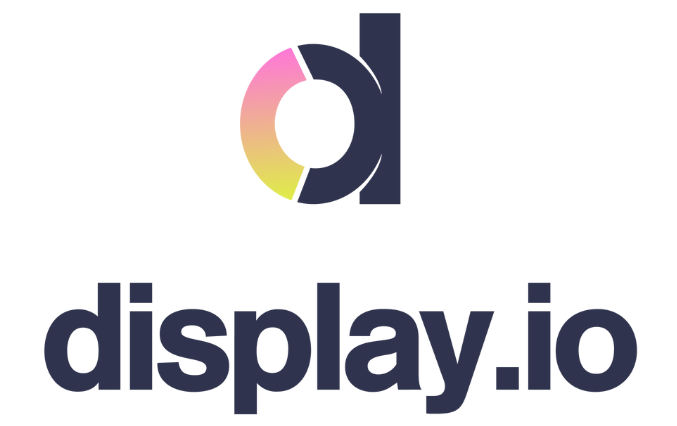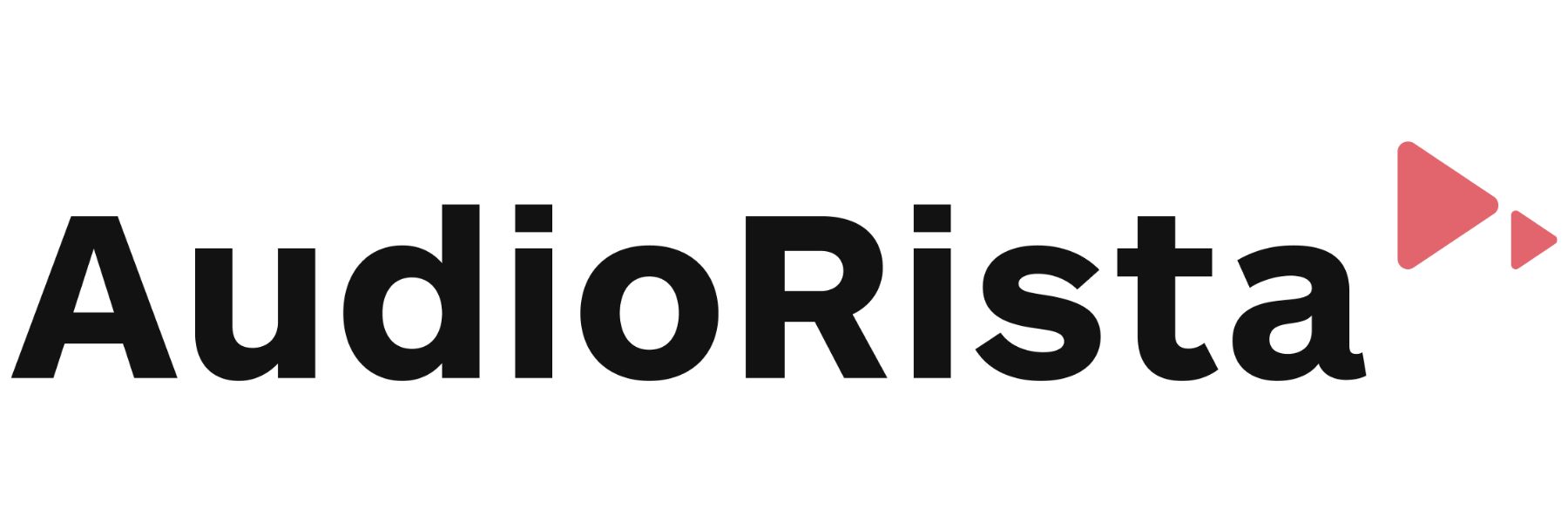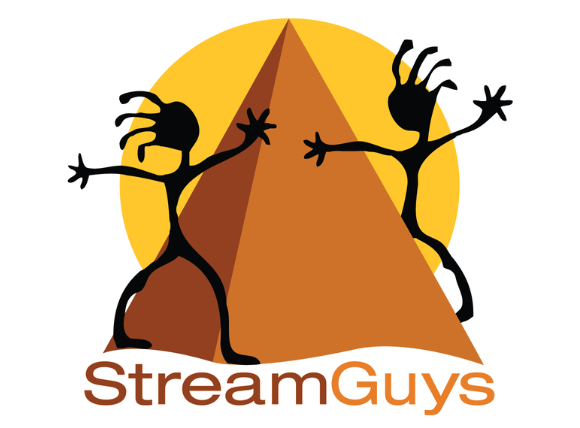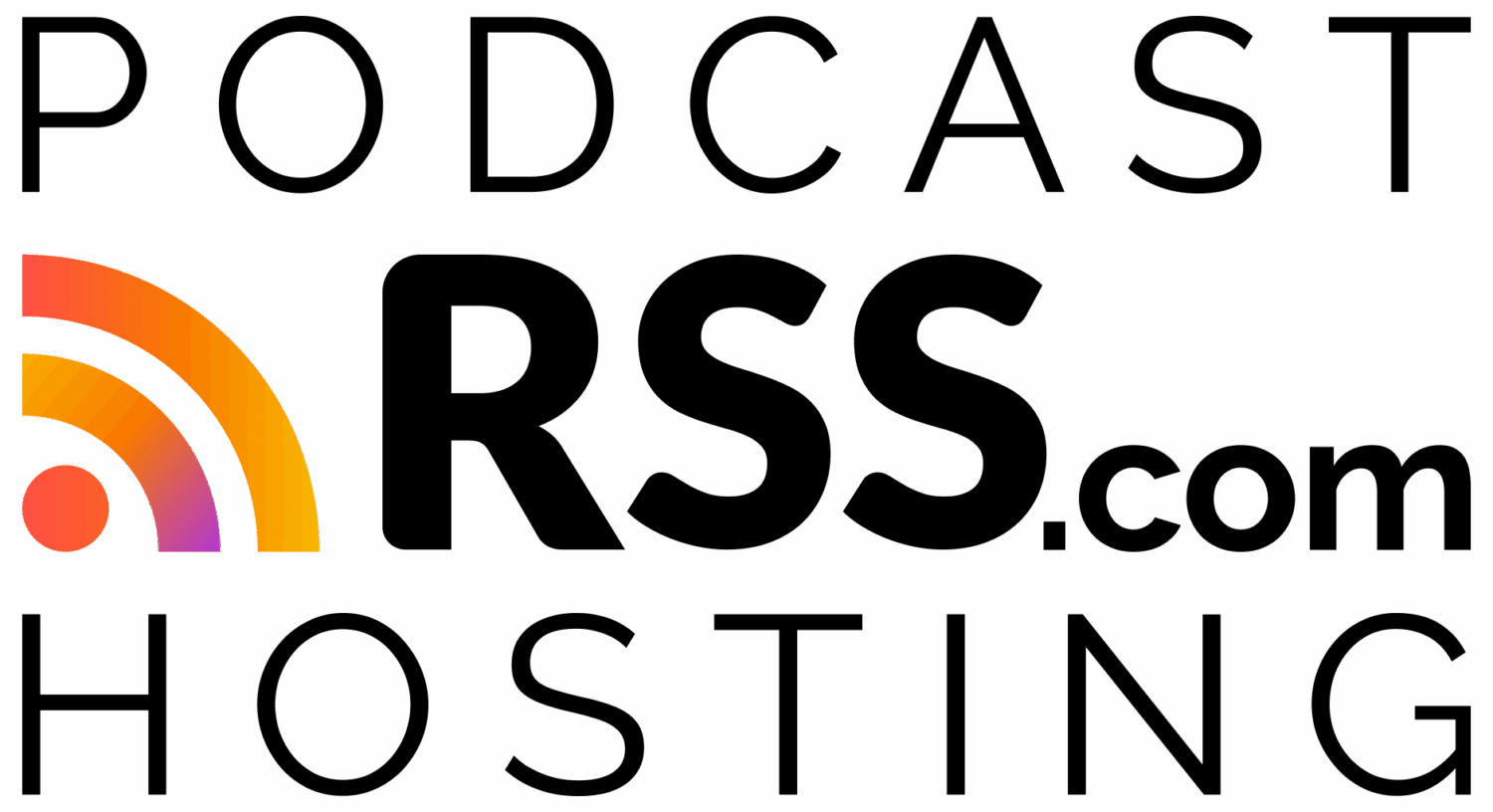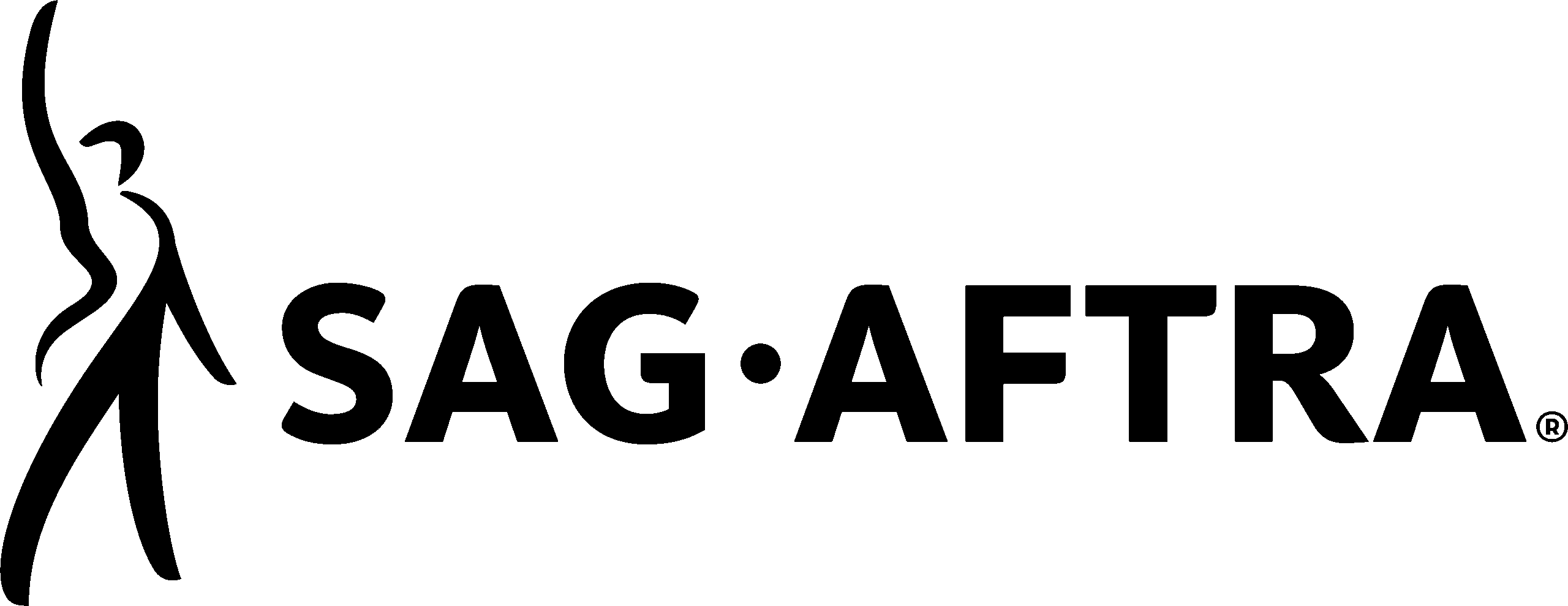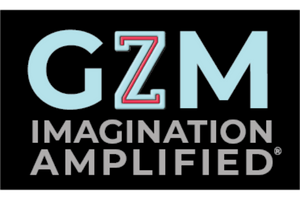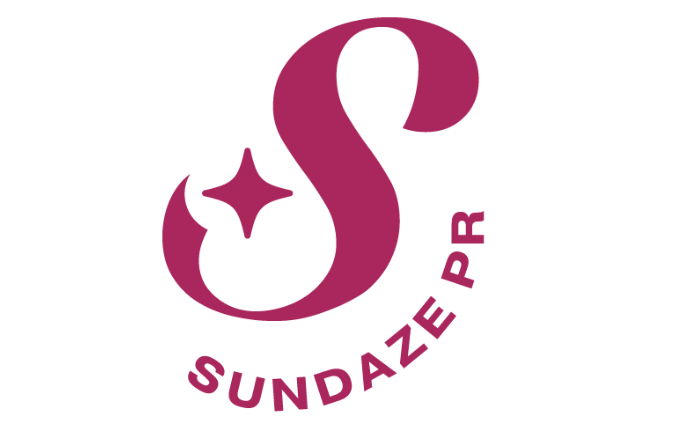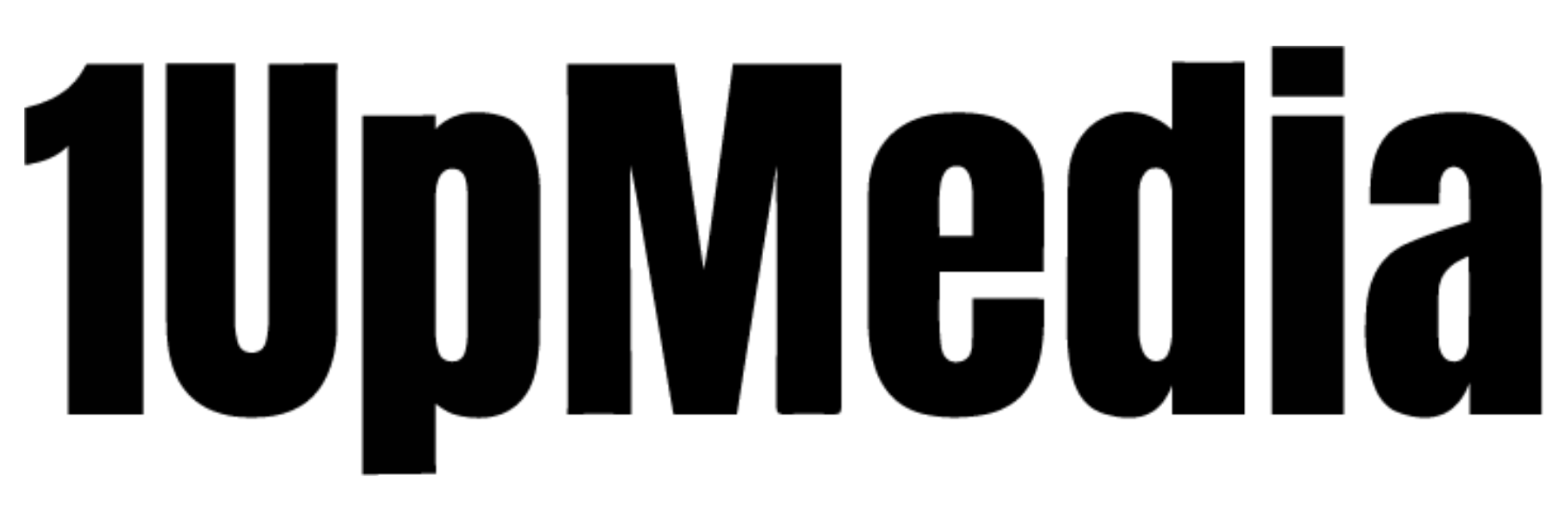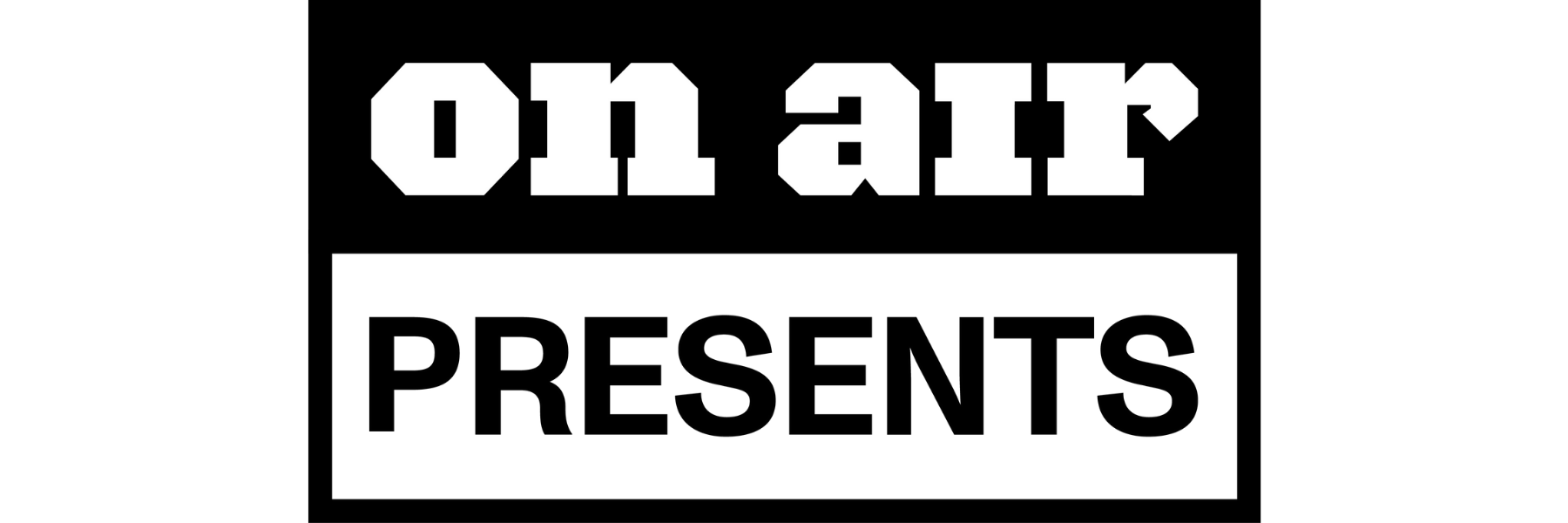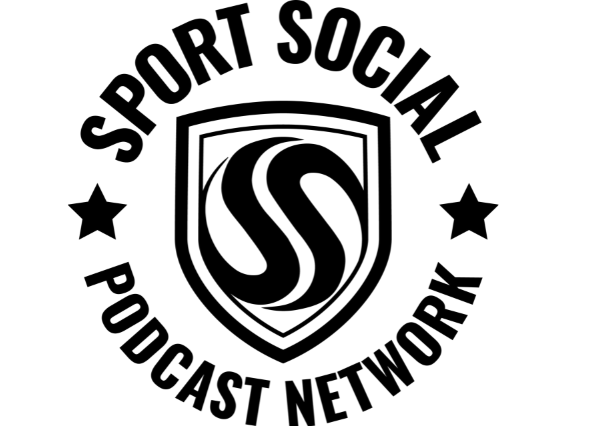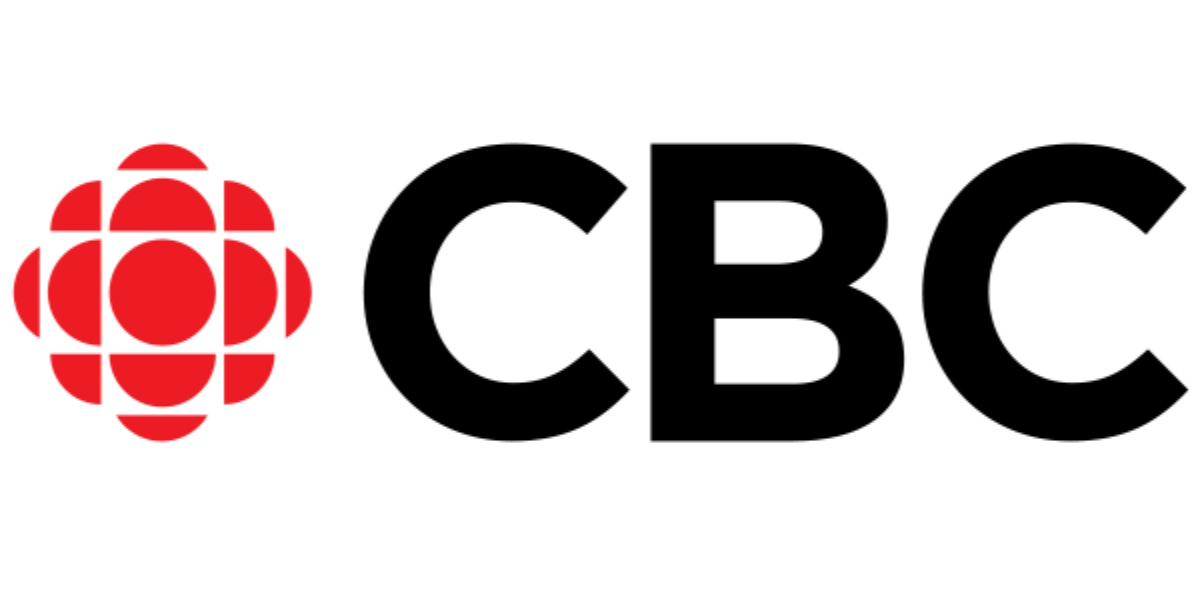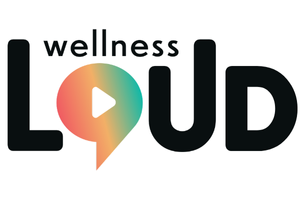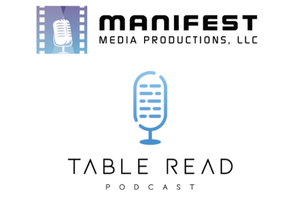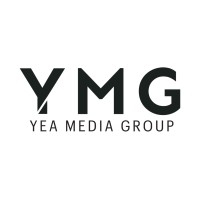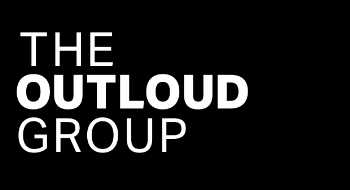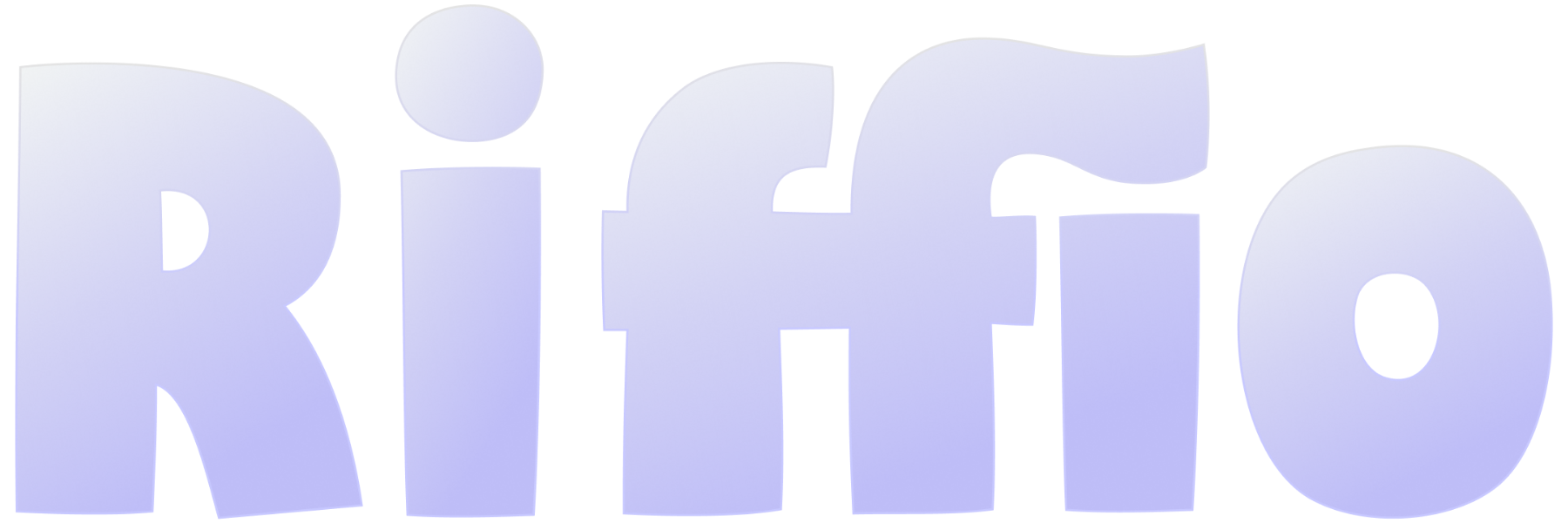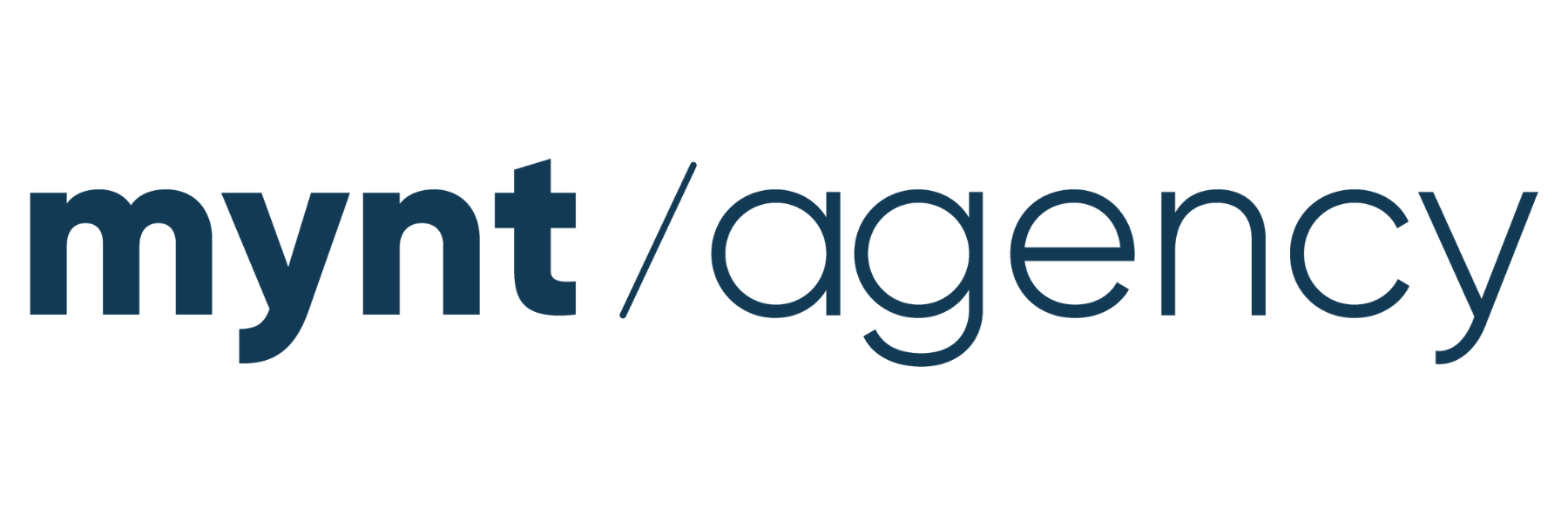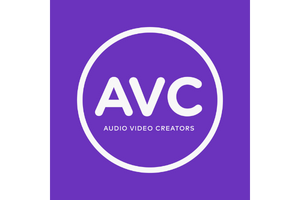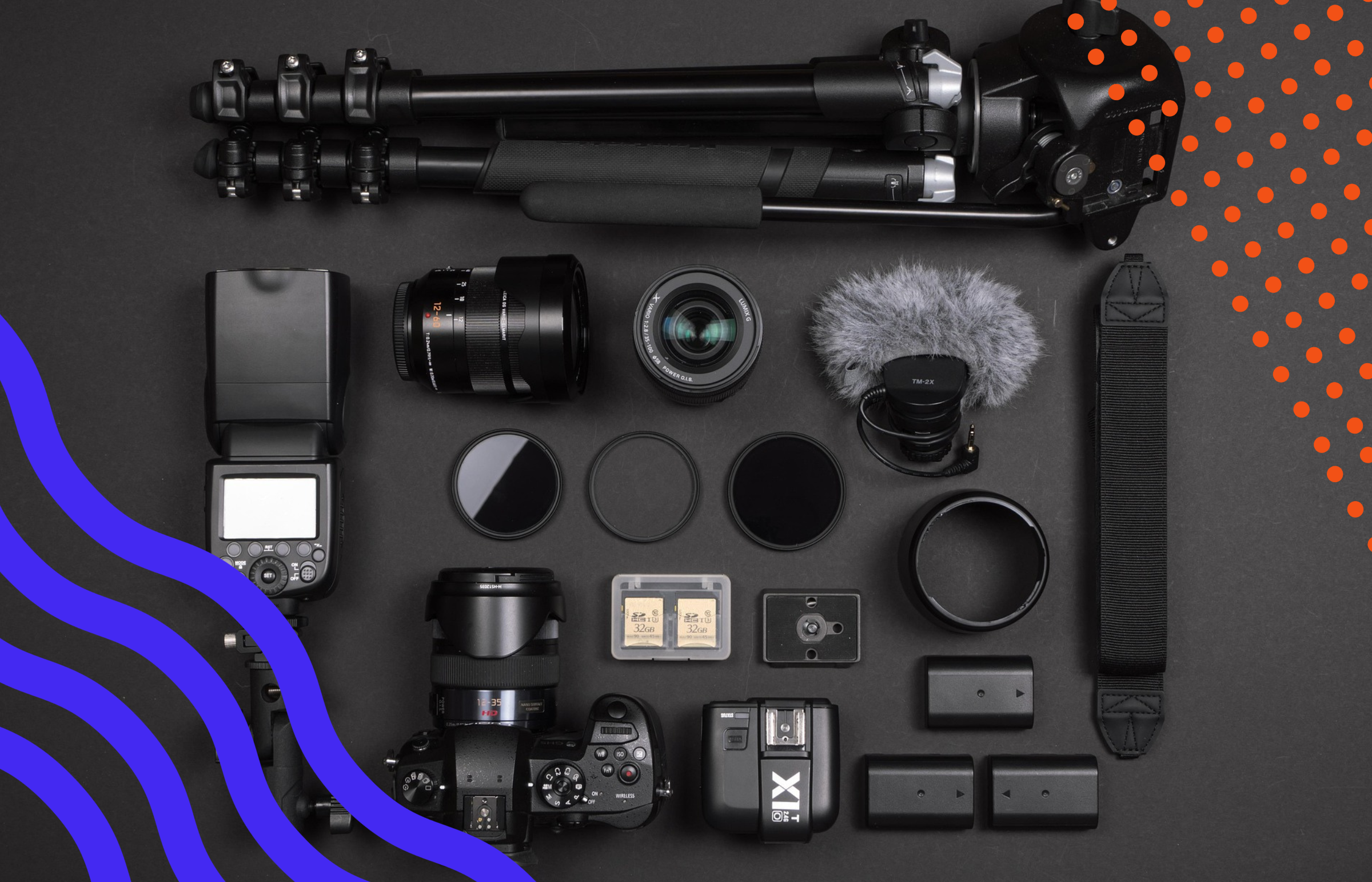This Week in the Business of Podcasting
I would say it’s refreshing to be home with all of my stuff out of a suitcase, but I’ve yet to fully unpack yet and that would make me a liar. Now that we’ve all flown home from Podcast Movement (boy, are our arms tired!), it’s time to look at the first week of post-PM news.

Transparency. Performance. Automation.
Sounds Profitable Publishes The Podcast Landscape
This Wednesday from Tom Webster at Sounds Profitable: The 2024 edition of The Podcast Landscape, a study on audience perceptions of podcasting, is now live. This edition, fielded with Signal Hill Insights, surveyed 5,071 Americans aged 18+, making it the largest publicly-available study of podcasting in the country.
Key findings include the fact podcasting is now reaching the majority of Americans every month. This is the first time it has been reported that more than half (53% specifically) of Americans have listened to a podcast in the past 30 days. A quote from Tom Webster’s follow-up article focusing five key points from the study:
“This year, we asked it specifically as “consumed an audio or video podcast” and not “listened to an audio or video podcast.” This simply reflects reality – many of the newest podcast consumers are coming to us through video, and they are watching. So, the question needs to evolve as the consumer evolves.”
The industry also continues to generate new hits. When asked to list their top five favorite podcasts, respondents still chose familiar shows like The Joe Rogan Experience, but this year five new shows enter the top 20 results. The industry continues to index high with men and the 18-34 demographic, meaning podcast audiences aged 55+ and women are solid opportunities for audience growth. The study launched with an hour-long presentation by Tom Webster, a recording of which is available on Sounds Profitable.
What the $100,000,000 Kelce Deal Says About Celebrity Podcasting
This Wednesday from Reggie Ugwu writing for The New York Time: the Kelce brothers’ smash hit podcast New Heights recently signed to Amazon’s Wondery for a deal reportedly valued at $100 million USD. With the deal, New Heights will be distributed ad-free on Wondery+ and merch rights for the show are handled through Amazon.
Given the dour advertising outlook of late 2023 and high-profile instances of sure-fire celebrity podcast deals that fizzled out, it seemed unlikely podcasting would see many big-ticket podcast buys in 2024. Yet here we are, just over halfway through the year with multiple instances of big-name celebrity podcasts signing exclusivity or distribution deals valued well into the tens, if not hundreds, of millions.
Alex Cooper is moving her Unwell Network from Spotify distribution to SXM, the Kelce brothers are taking their massively successful New Heights to Wondery, who also nabbed SmartLess earlier this year. Meanwhile The Joe Rogan Experience reportedly fetched $250 million to re-up their Spotify contract (sans video exclusivity this time). The big difference between the COVID-boom years of massive podcast deals and contemporary big-ticket deals are consistently happening with proven podcasts that both currently make money and likely will for the foreseeable future, not the promise of a good podcast.
WSJ Covers Podcast Ad Load, Implications for Future
Last Friday from Katie Deighton, writing for the Wall Street Journal: A report from Oxford Road and Podscribe, published in Q2 of this year, shows podcast ads took up an average of 10.9% of episode runtime, up from 7.9% in 2021. The study found respondents’ likelihood to follow through on a call to action from a podcast ad significantly decreased the higher an ad load was increased.
This backs up a common assumption: There is a sweet spot to the ‘right’ ad load in podcasts. The trick comes in finding it, as many variables can influence where that sweet spot may be for any given podcast, such as total ads per break, how many breaks, who is reading the ads, length, etc.
One beneficial move forward for podcasting as an industry would be for companies to openly discuss their perspective on ideal ad loads. If companies were to begin putting hard numbers to concepts like how many ad slots should be in a break, the wider industry could either agree with and adopt the number, or challenge it. In either instance, the industry is able to grow and progress forward with some form of consensus.
News Publishers and the Fear of Brand-Unsafe Ad Spots
This Monday from AdNews: Advertising is full of received wisdom regarding the ‘risks’ of brands running their campaigns on news website ad space. Industry bodies like ThinkNewsBrands are working to fight against those common presumptions. Similarly to how studies like The Medium Moves the Message finds podcast audiences self-select content and actually prefer when brands support their favorite shows, 60% of respondents to ThinkNewsBrands’ study say they trust ads more when they appear next to premium news content.
Publishers have an uphill battle to fight, though, as culture wars and social media-driven controversies have made media a minefield since the turbulent 2016 U.S. presidential election. As Brand Insider’s Lara O’Reilly reported on Tuesday, brand safety has become a double-edged sword that’s stifling news content. The growth of social media has a knock-on effect of enabling casual organization, making the threat of boycott of brands advertising on politically-charged content a genuine threat. As a result, keyword blocklists have become a commonly-used tool in advertisement that has a material impact on news media.
One example given is TIME Magazine’s feature piece on Taylor Swift accompanying her being nominated Person of the Year. According to TIME CEO Jessica Sibley, the feature piece was labeled ‘brand unsafe’ because it contained language related to feminism and the word ‘torture’ in the title of Swift’s album The Tortured Poets Department. Brand safety tools are valuable, but the wider industry needs a re-alignment of values and strategy if even news-adjacent media is to survive long-term.
Quick Hits
While they may not be top story material, the articles below from this week are definitely worth your time:
- Podcasting in the Creator Economy: A Long-Term Opportunity A new report from the IAB specifically focusing on podcasting’s powers with influencers and audience engagement.
- How to Conduct an Audience Survey with Gumball’s Latest Feature by Dane Cardiel Gumball has introduced a new feature for podcasts on the platform to run audience surveys.
- Spotify Instagram Notes Integration in the Works to Share Real-Time Listening Activity by Isaiah Richard Reverse engineering of Instagram reveals an unreleased feature for Instagram Notes that will show what audio Spotify listeners are currently playing as their Note.
- Magellan AI’s Top Spenders + Movers and Shakers for July The latest update to Magellan AI’s ranker includes a 579% increase in podcast ad spend from Wells Fargo from June to July.
- HVAC podcasts are a hot product for a cooling market by Erik Wemple Podcasting’s power of niche audiences that over-deliver in comparison to larger, general audiences is demonstrated in Bryan Orr’s podcast about air conditioning repair, which now pulls down $400k/year in HVAC brand advertising.






















